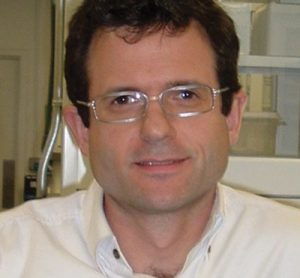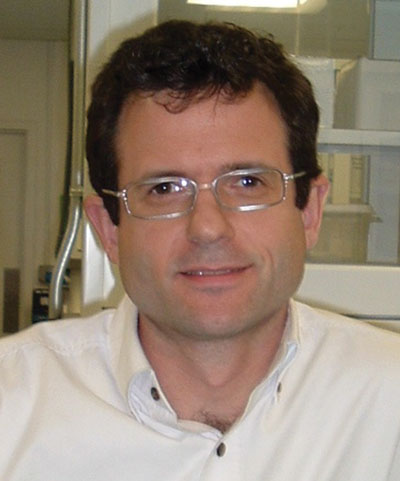High Content Analysis Roundtable
29 May 2009 | By
1. How significantly do you feel the Drug Discovery Process has benefited from the application of High Content Analysis techniques? Anthony Davies: Since the mid 1990's High-content analysis (HCA) has primarily been used in the later stages of the pre-clinical drug discovery process. However, as HCA techniques have developed and…












